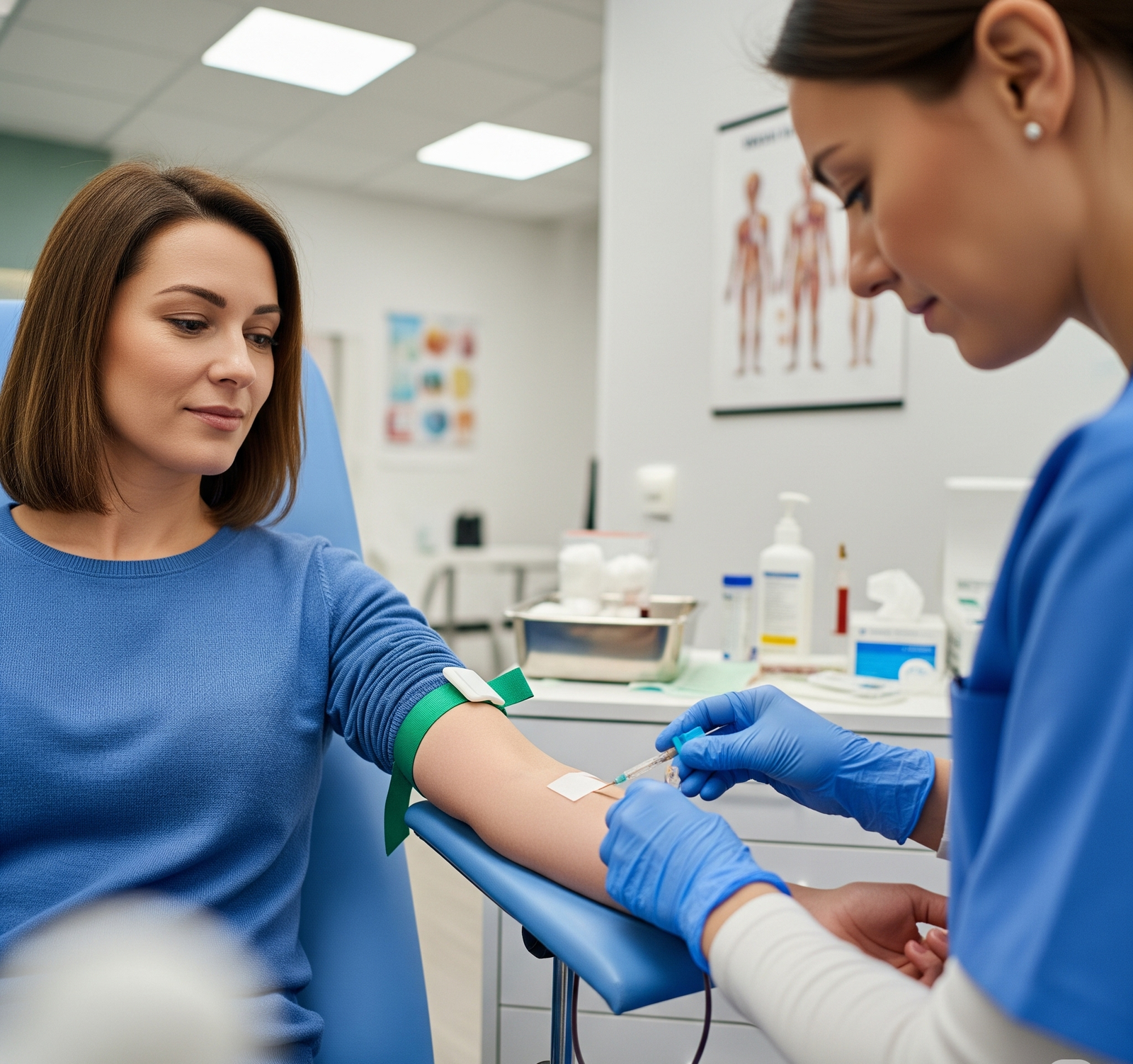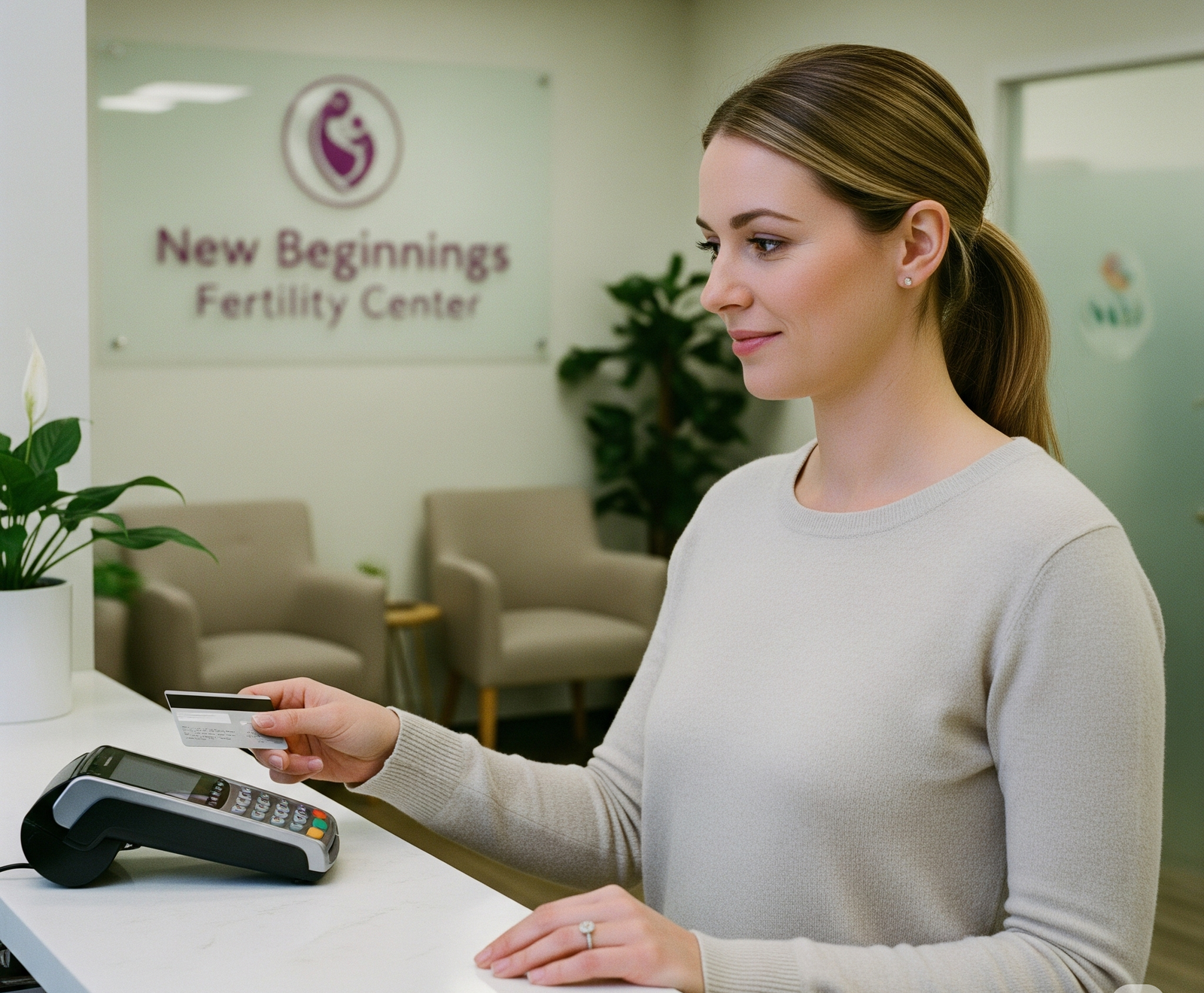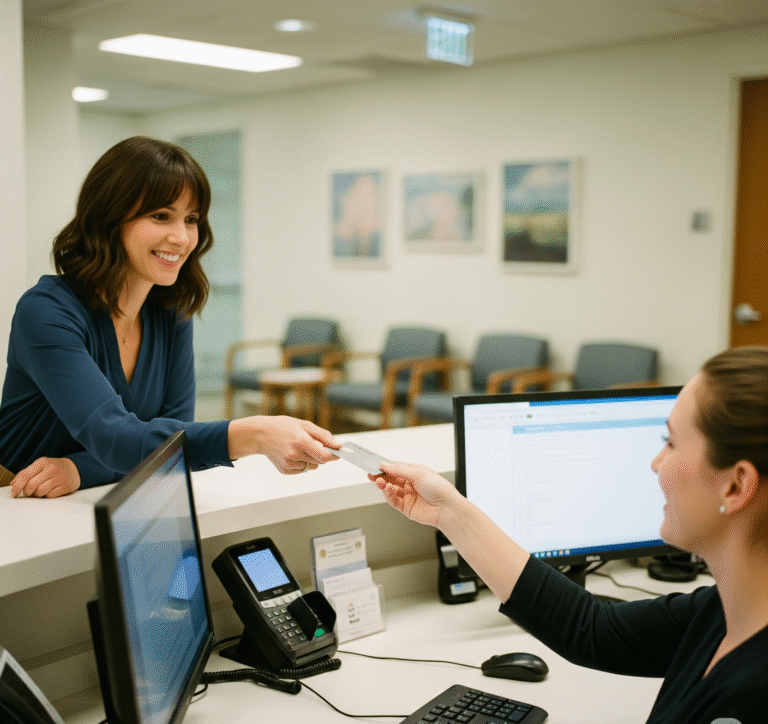Understanding Your Artificial Insemination Cost
Artificial insemination cost can feel confusing when you’re new to the process. Here’s how it works. You’ll see the key fees and how they add up. Knowing these numbers helps you plan and avoid surprises.
 What Is Artificial Insemination Cost?
What Is Artificial Insemination Cost?
Artificial insemination cost includes everything from your first doctor visit to the actual procedure. It covers tests, sperm processing, and the insemination itself. You may also pay for follow‑up visits and extra scans. Each step adds to your total, so getting a clear estimate up front is important.
Main Cost Components

Here are the common fees you’ll encounter:
Consultation and Testing
Office visit to review your history
Blood tests for hormone levels
Ultrasound scans to check your ovaries
Sperm Fees
Partner sperm processing is usually $100–$300
Donor sperm from a bank can run $300–$2,000 per vial
Procedure and Monitoring
Insemination fee: $300–$1,000 per cycle
Lab work for sperm washing: $150–$400
Ultrasound monitoring visits: $100–$200 each
Clinic Fees vs. At‑Home Costs
Most people use a clinic for artificial insemination. Clinic fees tend to be higher because they cover staff, lab work, and facilities. If your clinic allows home collection of sperm, you could save on lab fees. You still pay the insemination fee, but you avoid sample collection charges.
Insurance Coverage Basics
Your insurance plan may cover some of the cost. Many plans pay for tests and office visits, but not all. Medications and donor sperm are rarely covered. Check your policy for:
Covered tests and scans
Co‑pays for office visits
Caps on fertility services
Knowing your coverage helps you estimate out‑of‑pocket spending.
Estimating Your Total Up‑Front Cost
To plan, add each component:
Consultation and testing: $500–$1,500
Sperm processing or donor sperm: $100–$2,000
Procedure and monitoring: $600–$2,000
Total for one cycle: $1,200–$5,500. If you need two cycles, double your estimate.
Tips to Prepare
Get a written quote from your clinic with line‑item prices.
Ask about package deals for multiple cycles at a discount.
Use an HSA/FSA if you have one to save on taxes.
Compare clinics to find the best price–value balance.
By breaking down artificial insemination cost and knowing what to expect, you can move forward with confidence. You’ll have a clear budget and won’t face hidden fees. This lets you focus on what matters most—your path to parenthood.
Hidden Costs & Long‑Term Budgeting

Even when you know the basic artificial insemination cost, extra fees can surprise you. Planning for these hidden costs lets you stay calm and in control.
Medication and Supplement Expenses
Many women take drugs to help eggs mature and release. These can cause side effects like mood swings, headaches, or bloating. Treating side effects may mean:
Extra doctor visits ($75–$150 each)
Over‑the‑counter relief ($10–$30 per month)
Supportive supplements (e.g., progesterone, $20–$50 per cycle)
Add these to your budget to avoid surprises.
Failed Cycles and Repeat Attempts
Success per insemination cycle ranges from 10% to 20%. If you need three tries, your cost triples. For example:
One cycle at $3,000 → $3,000 total
Three cycles at $3,000 each → $9,000 total
Plan for at least two or three rounds. This gives you a realistic view of your total spend.
Travel, Time Off, and Lodging
Clinic visits mean more than medical bills. You may spend on:
Gas or rideshare ($15–$60 per trip)
Parking or tolls ($5–$20 per visit)
Lost wages for time off work (varies by salary)
Hotel stays if you live far from your clinic ($75–$200 per night)
Track these costs carefully. A simple log sheet can help you spot patterns and make cuts where you can.
Childcare and Pet Care
If you need a quiet clinic or recovery time, someone must watch your kids or pets. Costs can add up to $20–$50 per hour. Factor this into your long‑term plan, especially if you have multiple appointments.
Emotional and Lifestyle Costs
The journey can be tough on your mind. You might choose:
Counseling sessions ($75–$150 each)
Support groups or online courses ($20–$50)
Relaxation classes like yoga or meditation ($10–$30 per session)
Investing in your mental health can boost your resolve and keep you on track.
Budgeting Strategies
Dedicated Savings
Open a separate account just for fertility costs.
Automate a small transfer each payday.
Use Pre‑Tax Accounts
If you have an HSA or FSA, fund it for medical bills.
These accounts lower your taxable income.
Negotiate Package Deals
Ask your clinic about discounts for multiple cycles.
Some clinics offer sliding‑scale fees based on income.
Track and Review
Keep a simple spreadsheet. Log date, item, and cost.
Review monthly to spot extra fees or overspending.
Explore Grants and Loans
Look for grants from nonprofits like the Cade Foundation.
Check if your clinic partners with fertility loan programs.
Putting It All Together
By planning for hidden costs and using smart budgeting, you turn worry into a clear plan. You’ll know what to expect and avoid financial stress. With these steps, you can focus on the one thing that matters most—growing your family.
Research on Artificial Insemination Cost

Understanding real data on artificial insemination cost helps you make smart choices. Here’s what three key studies reveal:
Cost per Live Birth Compared to IVF
A US study looked at cost per delivery for IUI versus IVF. It found IUI cost between $7,800 and $10,300 per live birth. In contrast, IVF ran about $37,000 per live birth. This shows starting with insemination can save money while still offering a good chance of success. Read more: PubMed: Cost per Live Birth
Medication Choices and Cost‑Effectiveness
Researchers in Europe compared two ovarian stimulation drugs for insemination cycles. Clomiphene citrate cost €558 per cycle, while hMG cost €764. The extra €206 led to a 5.7% bump in pregnancy rates. This yields an incremental cost of €3,615 per extra pregnancy. These figures help you balance drug costs against benefits. Details here: PubMed: Stimulation Agent Costs
National Cost‑Effectiveness Analysis
A UK study reviewed national spending in 2016. It found IUI cost the NHS £2.94 million, while IVF cost £115 million. On a per live birth basis, IUI was about £42,558 cheaper. This large‑scale analysis highlights how policy and practice shape patient costs. Full report: PubMed: UK Cost Analysis
Key Takeaways from the Research
Insemination vs. IVF: In many cases, insemination offers half the cost per live birth compared to IVF.
Drug Choices Matter: Cheaper medications can deliver good success rates with lower bills.
Policy Impacts Cost: National coverage rules and funding models directly affect what patients pay.
Use these findings to guide your budget, pick the right clinic, and choose the best treatment path for your needs. By knowing the data, you can plan each step of your artificial insemination journey with confidence.
Tips to Reduce Your Artificial Insemination Cost

You don’t have to pay full price for insemination. Small changes can lower your total artificial insemination cost. Here’s how it works.
Shop Around for Clinic Packages
Call several clinics and ask for bundled rates that cover testing, procedure, and follow‑up. Clinics often offer a discount when you pay for two or more cycles up front. Write down each package price side by side. Choosing the best package can save you 10–20% overall.
Opt for Generic Medications
Fertility drugs make up a big chunk of your bill. Brand‑name injectables can cost $500–$1,000 per cycle. Ask your doctor if generic or biosimilar versions work for you. Generics often cost 30–50% less. Swapping to a generic can cut your drug bill by hundreds without hurting success rates.
Use At‑Home Semen Collection
Some clinics let you collect sperm at home. You simply use a sterile cup and follow clinic rules. This can save lab or facility fees of $50–$150 per sample. Bring the sample in within the time limit they set—usually 30–60 minutes. This small change can shave off part of your artificial insemination cost without affecting results.
Leverage Grants & Assistance Programs
Nonprofit groups and local charities often offer grants for fertility treatments. Examples include the BabyQuest Foundation and the Cade Foundation. These grants typically range from $1,000 to $5,000. Look online for application deadlines and eligibility rules. Applying early can give you extra funds to cover part of your treatment.
Negotiate Payment Plans
If upfront costs seem high, ask your clinic about payment plans. Many clinics allow you to spread payments over several months. Some will waive interest or fees if you commit to multiple cycles. Talking to the financial counselor can open doors to sliding‑scale fees based on income.
Bundle Support Services
Extras like counseling, acupuncture, or supplements add up fast. Check if your clinic offers a “wellness package” that bundles these services at a discount. If not, find local community centers, online groups, or low‑cost clinics for these services. Bundling can cut what you spend on extras by up to 20%.
Monitor & Review Your Spending
Keep a simple log of every treatment‑related expense. Note the date, item, and cost. Review your sheet monthly. You may spot small fees you can eliminate. For instance, you might switch to a cheaper lab for blood tests or cancel a service you don’t need.
Consider Shared‑Risk Programs
Some clinics offer “shared‑risk” or “refund” programs. You pay a flat fee for a set number of cycles. If you don’t achieve pregnancy, you get a partial refund. Be sure to read the fine print on success rates and refund amounts. This can protect you against high cumulative costs.
Plan for Multiple Cycles
Many people need more than one cycle to succeed. Estimate your total by multiplying your single‑cycle cost by two or three. Start saving now or set up automatic transfers to a dedicated account. This foresight prevents stress and keeps you focused on your goal.
By using these strategies, you can take control of your artificial insemination cost. Smart planning and simple swaps will help you save money. Then you can focus on the most important part—moving forward on your path to parenthood.
Frequently Asked Questions

What is the average cost of one artificial insemination cycle?
Expect $1,200–$5,500 per cycle, depending on tests, sperm fees, and clinic rates.How many cycles should I budget for?
Plan for 2–3 cycles. Success per cycle ranges from 10–20%.Does insurance cover artificial insemination cost?
Some plans cover tests and office visits but rarely medications or donor sperm. Check your policy.Can I collect sperm at home to save money?
Many clinics allow it. You’ll need a sterile cup and must deliver the sample in 30–60 minutes.Are generic fertility drugs safe and cheaper?
Yes. Generic injectables often cost 30–50% less than brand‑names and work the same.What hidden fees should I expect?
Factor in side‑effect care, travel, lost wages, childcare, and counseling or support services.Are there grants to help with artificial insemination cost?
Yes. Nonprofits like BabyQuest and the Cade Foundation offer grants of $1,000–$5,000.When should I consider moving to IVF?
If 2–3 cycles of insemination fail, discuss IVF’s higher success rates and costs with your doctor.


